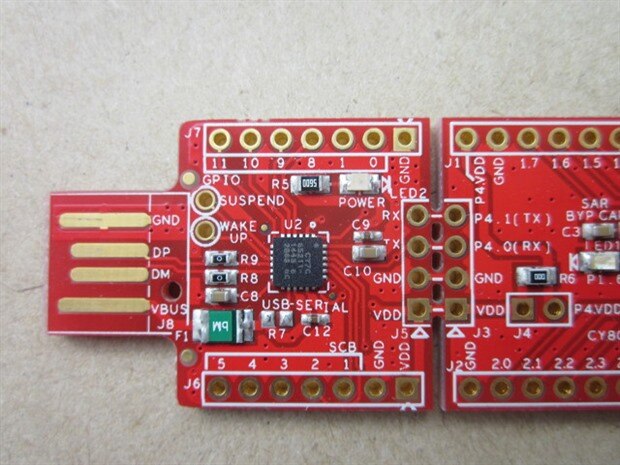A while back I posted a blog about building a DSO Shell 15001K Oscilloscope Kit.
I gave one of these kits to an old friend and he called me a few days later to say that the preliminary test of the Main Board which is done before one starts assembly showed it to be failed We tried a number of diagnostics over the phone and finally I had him send the board to me My tests revealed that there was a low resistance short on the 3.3 volt rail I traced the circuit and removed smd components and cut traces to try to isolate the branch of the 3.3 volt circuit and the component that might be causing the problem Ultimately the fault was in the STM32F103C8T6STM32F103C8T6 microprocessor I removed the microprocessor and decided that the unit was going to be just parts While I can technically replace the uP I have no way to reprogram it As I studied the schematic I noticed that there was in addition to the uP an 8 pin 24LC32A EPROM tied to the SOA and SCL pins of the uP Here is a link to the main board schematic
http://www.jyetech.com/Products/LcdScope/Schematic_150main.pdf
My question is whether there is a possibility that the program for the unit is on the EPROM and not on the uP. Would I be able to replace the fried uP with a raw one and expect it to automatically boot up from the EPROM. At this point it is all just a learning experience but I will probably not waste my money on a uP or my time replacing it if it is impossible for the program to be on the EPROM.
Any insights will be appreciated.
John


